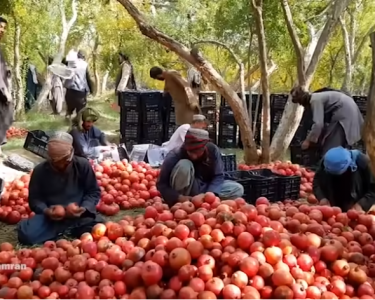PHNOM PENH, Nov 29 (NNN-AKP) – Cambodian Prime Minister, Samdech Techo Hun Sen, yesterday ordered relevant authorities to launch a large-scale crackdown on illegal land grabs around the kingdom’s largest freshwater lake, Tonle Sap, and to seize back all the encroached land.
In a recorded message to the public, the prime minister also ordered the arrest of any people or officials, involved in the destruction of flooded forest around the lake, for land possession.
The order came, after a research report conducted by the Royal Academy of Cambodia found that, the flooded forest around the lake had been cleared for land at a “worrying” rate.
“Such an anarchic act is unacceptable and intolerable,” Hun Sen said. “I order the competent authorities to reclaim all of the encroached land, within the boundary of the flooded forest, surrounding the Tonle Sap Lake.”
He said trees will be replanted on the reclaimed land.
According to a sub-decree issued in 2011, the boundary of the flooded forest around the lake was established in six provinces in the country, with a total land area of over 647,000 hectares.
The Tonle Sap is the biggest lake in Cambodia and one of the largest lakes in the Association of Southeast Asian Nations (ASEAN), according to the ASEAN Secretariat.
Its dimension changes, depending on rainy and dry seasons, the ASEAN Secretariat said, adding that, during the rainy season from June to Oct, the lake is filled up by water flowing in from the Mekong River, causing the lake to be as deep as 14 metres and the water surface to expand to around 10,000 square km.
During the dry season, from Nov to May, the water surface could shrink down to around 3,000 square km, where the depth could be as low as two metres, as water from the lake flows back into the Mekong River, the secretariat said.
The surrounding forest near the lake is home to over 300 species of fish, wildlife and reptiles, it said, adding that, more than 100 species of birds also use this area as their habitat.– NNN-AKP





